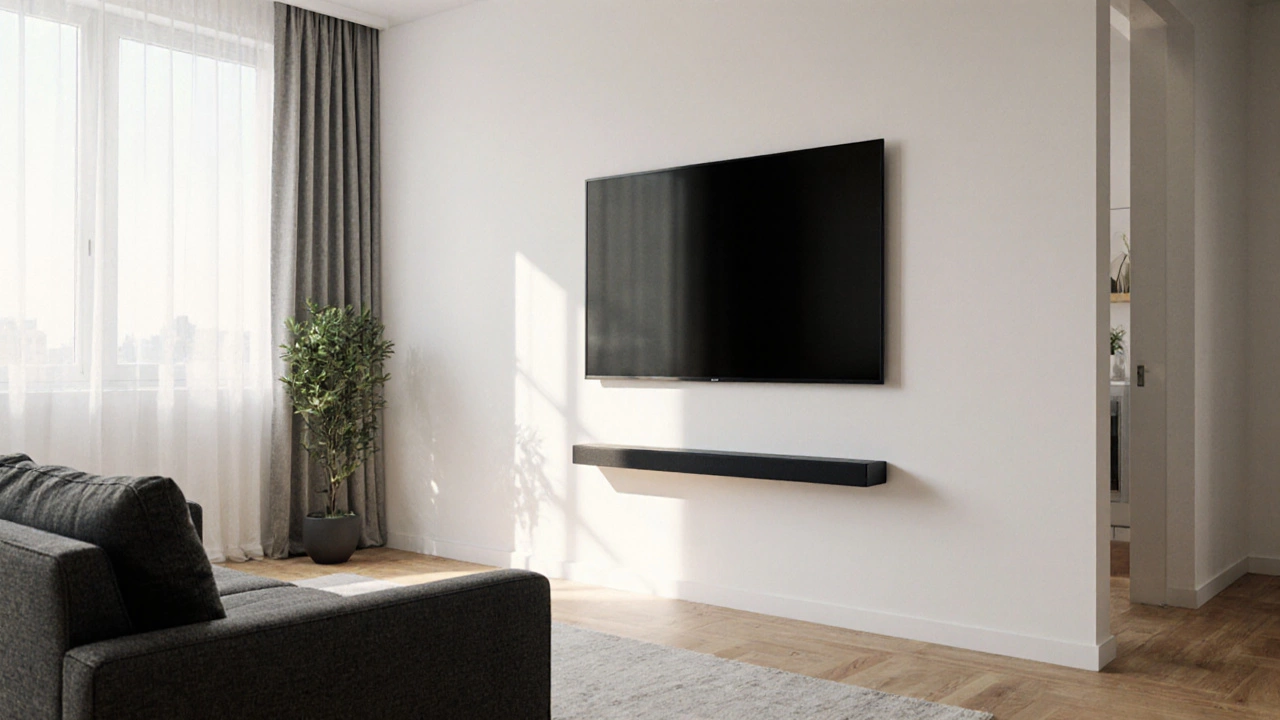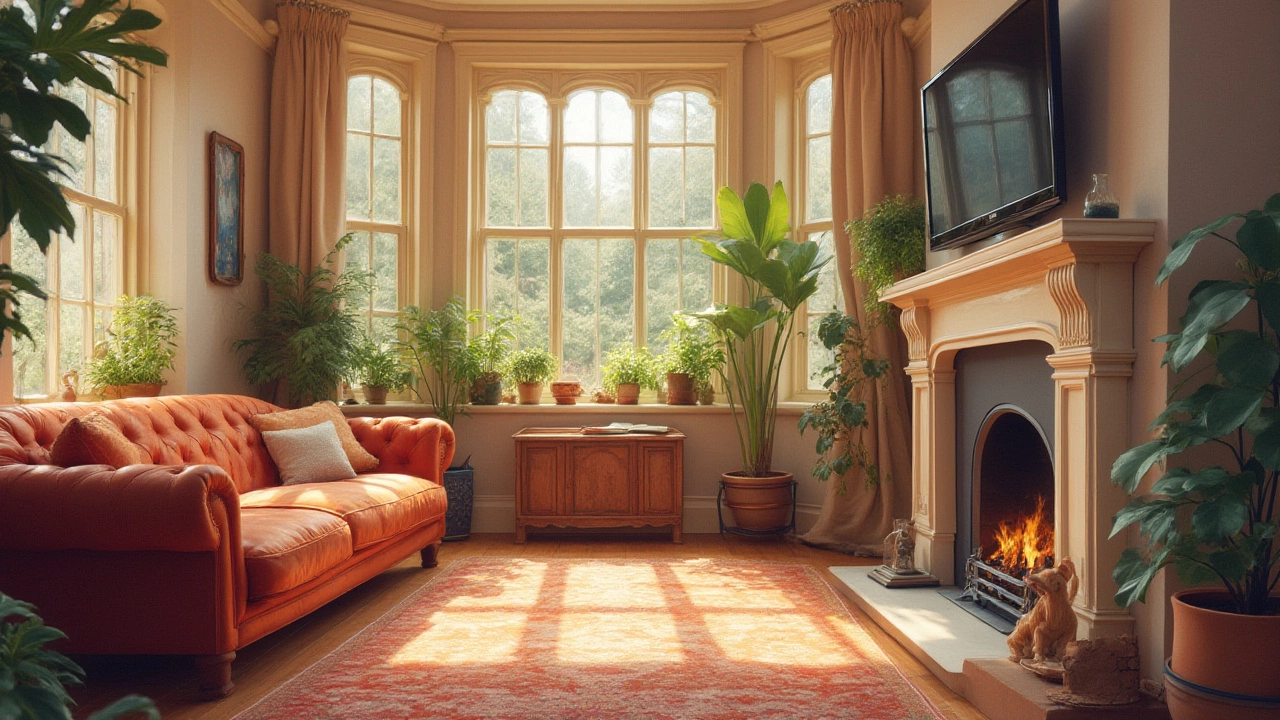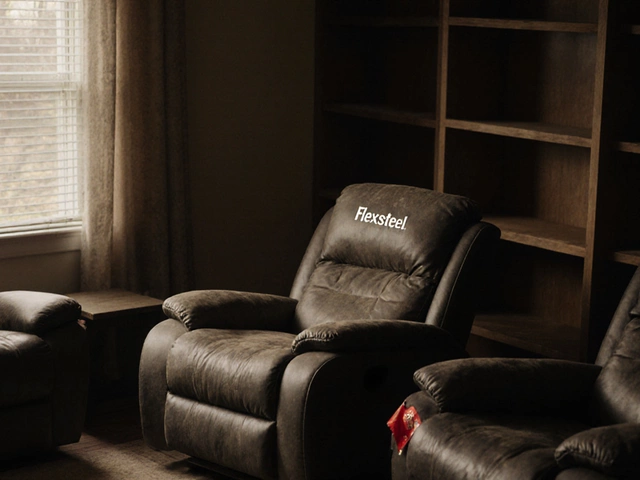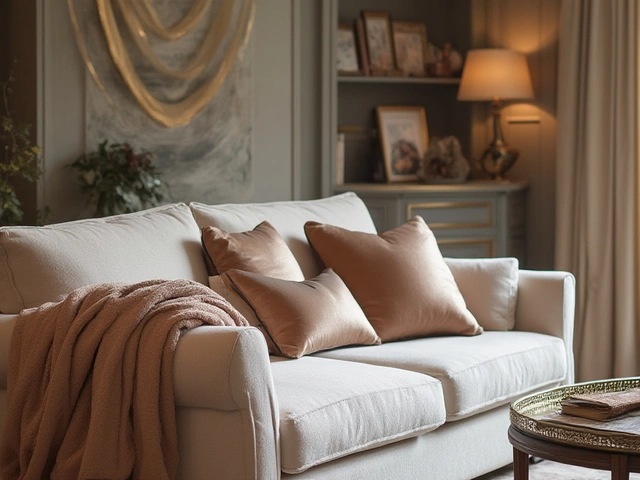Living Room TV Placement Tips You Can Use Today
Getting the TV in the right spot makes movie nights and gaming sessions way more enjoyable. Too high, too low, or hidden behind clutter can ruin the experience. Below are simple steps to find the sweet spot without hiring a pro.
Pick the Right Height
Start by sitting on your favorite couch. Measure from the floor to your eye level – that’s usually around 42‑48 inches for most people. Your TV screen’s center should line up with that measurement. If the TV is wall‑mounted, use a stud finder or a simple level to mark the spot. For a stand, choose a piece that puts the screen within that height range. A low stand works well in a relaxed lounge, while a higher console fits a formal seating area.
Consider Viewing Distance and Angle
The distance between the sofa and the TV matters more than the size of the room. A good rule is to sit about 1.5 to 2.5 times the diagonal screen size away. So a 55‑inch TV looks best at roughly 7‑10 feet. Keep the screen straight on, not tilted upward or downward, to avoid neck strain. If you have an open‑plan space, use a swivel mount so you can angle the TV toward different zones.
Now that you know the basics, think about the furniture around the TV. Traditional TV stands are common, but there are cooler options that can add style and storage.
Creative Alternatives to a TV Stand
Instead of a bulky stand, try a low bookshelf, a console table, or floating shelves. These pieces give you extra storage for games, books, or decorative items while keeping the TV at the right height. A wall‑mounted media console can hide wires and create a clean look. If you’re short on space, a narrow console under the TV can hold a soundbar and a few accessories without crowding the room.
When you choose a piece, check the depth. Your TV should have a small gap behind it for ventilation – about 2‑3 inches is enough. Too deep a cabinet can block airflow and cause overheating.
Safety and Comfort Tips
Make sure any wall mount is securely attached to studs or solid anchors. If you have kids, consider a mount that tilts down a bit so they can’t easily pull the TV off. For a freestanding setup, keep cords tucked away with cable covers to avoid trips and tripping hazards.
Finally, balance the TV with the rest of the room’s design. Matching the finish of the stand or console to other furniture creates harmony. A neutral wood or metal frame works with most décor, while a bold color can become a focal point if you want a statement piece.
Follow these steps and you’ll have a TV that looks great, feels comfortable, and fits your living room’s style. Enjoy every binge‑watch session without the hassle of a poorly placed screen.






